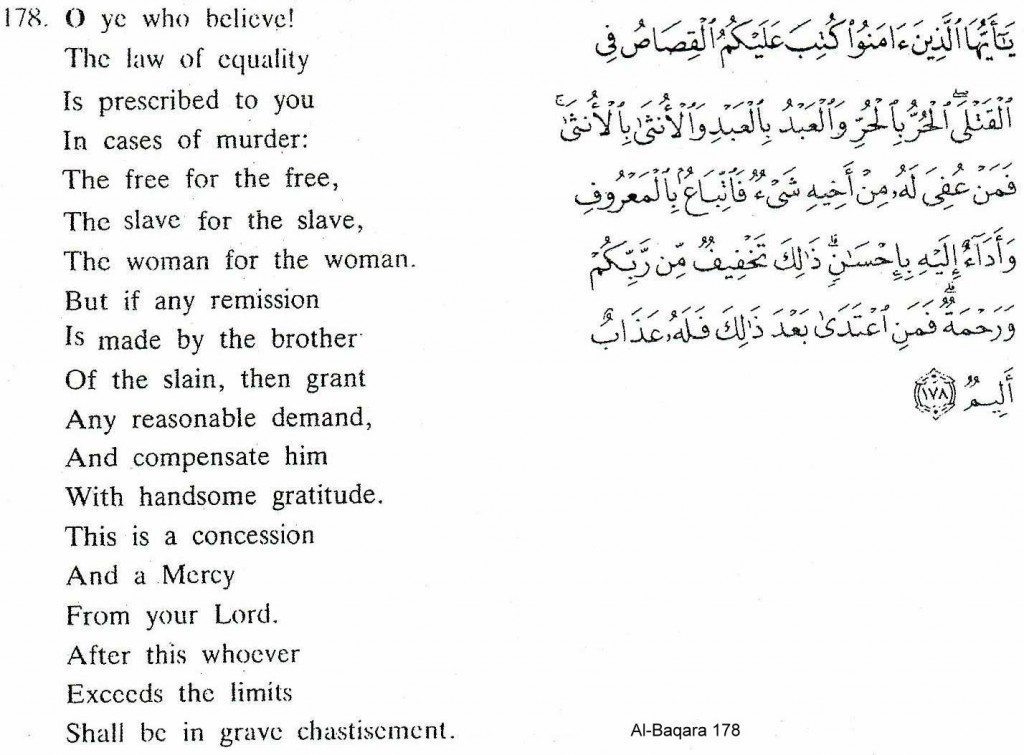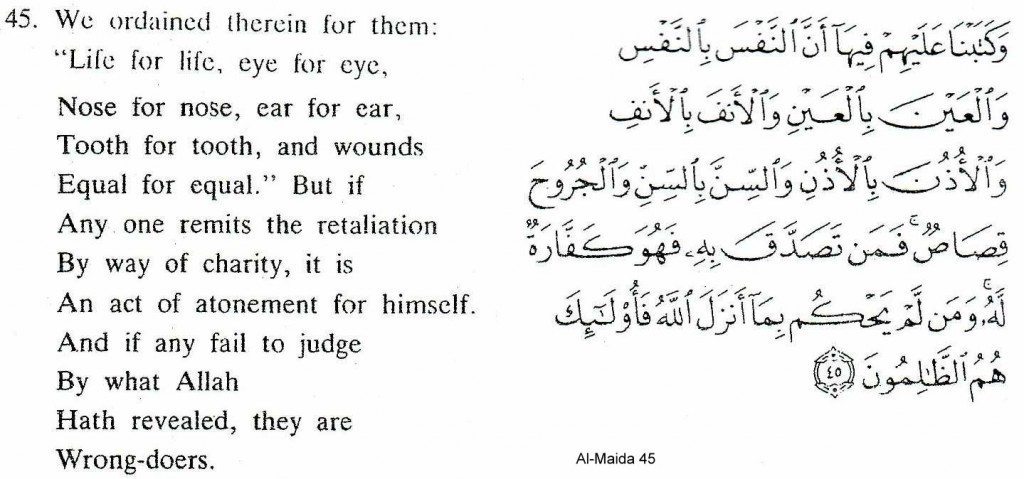Extract: “Challenges of life insurance marketing – business applications” by Rizwan Ahmed Farid, 2010
Life insurance deals with the creation, accumulation, conservation, protection and distribution of the monitory values of human lives- values that are derived from individuals’ knowledge capital, skills, experience and earning capacity. In insurance, the economic consequences of premature death, disability, old age, etc are determined and assessed values that reduce the impact of financial loss resulting from these uncertainties.
Key-Executive Coverage includes the use of life, health, accident, and permanent disability insurance on the key-person for the purpose of indemnifying a business or its owner against the economic loss that would be suffered in the event of permanent disability or death of that key-person (the life insured).
Before we proceed to the specifics of Key-Executive Coverage we will briefly look at the foundation of life insurance, i.e. the economic value of human life; how compensation for the loss of human life was treated in historical times and how it has been addressed in Islam; finally we will see how the importance of the human mind, in particular, that of senior and key-personnel in business contributes to the success of an organization.
Human Life Values
The Foundation of Life Insurance
It was mainly through Huebner’s efforts that the human life value concept vis-à-vis property value concept gained widespread recognition. Huebner’s work on the concept was first published in 1915. In his notable discussion on the subject he writes: [2]
“Life insurance (including health insurance) is concerned with organization and management of economic values of human lives. That value may be defined as “the capitalized monetary worth of the earning capacity resulting from the economic forces that are incorporated within our being: namely our character and health, our education, training and experience, our personality and industry, our creative power, and our driving force to realize the economic images of the mind.””
This composite life value must be distinguished from material asset values such as the value of land, buildings, equipment, raw materials & finished goods, stocks, bonds & securities, and goodwill of the clients, etc. Being by far the greatest economic asset in financial terms, human life ought to be insured just as conscientiously as are material assets. Human life is the cause, the creator of all other values, and not merely an effect. Were it not for the life value there would be not any property values.
McGill writes:[3]
”A Human life is possessed of many values, most of them irreplaceable and not susceptible of measurement. These values are founded on religious, moral, and social relationships. From a religious stand point, for example, human life is regarded as immortal and endowed with value beyond the comprehension of mortal man. In man’s relationship with other human beings, a set of emotional and sentimental attachments is created which cannot be measured in monetary terms or supplanted by material things. A human life is capable of artistic achievements, which contributes in a unique way to the culture of a society. Such values, however, are not the subject matter of life insurance. Life insurance is concerned with the economic value of a human life, which is derived from its earning capacity and the financial dependence of other lives on that earning capacity. Life insurance is not oblivious to the other values associated with a human life; in fact, the life insurance transaction has strong moral and social overtones. Yet, the foundation of life insurance is the economic value of the human life.”
A human life may be worth billions in terms of its earning power. However, the potential value of human life arises solely out of its relationship to other lives. The earning power alone does not create an economic need that can logically serve as the basis for life insurance. An individual has an economic value only if others — family, dependents, business associates, educational and philanthropic institutions, etc — can expect to derive pecuniary advantages through his/her existence. If a person is without dependents and no other person or organization stands to profit from his existence, either in the present or in the future, then such life, for all practical purposes, has no monetary value that needs to be perpetuated.
The Custom of “Wergild” (Blood Money)
The monetary worth concept reflects the original custom of acceptance of blood money as practiced in ancient history. In Anglo Saxon and Germanic law the kindred or lord of a slain person were entitled to receive wergild on the basis of the deceased’s rank; wergild was paid by way of compensation or fine to free the culprit from further obligations or punishment.
“Islam has much mitigated the horrors of the pre-Islamic custom of retaliation. In order to meet the strict claims of justice, equality is prescribed, with a strong recommendation for mercy and forgiveness… Islam prescribes: if you must take a life for life, at least there should be some measure of equality in it, the killing of the slave of a tribe should not involve a blood feud where many free men would be killed; but the law of mercy, where it can be obtained by consent, with reasonable compensation, would be better.
Our law of equality only takes account of three conditions in civil society: free for free, slave for slave, woman for woman. Among free men or women, all are equal: you cannot ask that because a wealthy, or highly born, or influential man is killed, his life is equal to two or three lives among the poor or the lowly. Nor, in case of a murder, can you go into the value or abilities of a slave. A woman is mentioned separately because her position as a mother or an economic worker is different. She does not form a third class, but a division in the other two classes… In Western law, no felony can be compounded.”[4]
Muslehuddin quotes ‘Schacht’ in his book Insurance and Islamic Law:[5]
“The law of family relationships and inheritance, and the whole of the penal law, however, both among the Bedouin and the sedentary population, was dominated by the ancient Arabian tribal system. This system implied the absence of legal protection for an individual outside his tribe, the absence of a developed concept of criminal justice and the subsumption of crimes under torts, the responsibility of the tribal group for the action of its members and therefore unlimited vengeance for homicide, mitigated by wergild (blood-money).”
In this early period the price paid for homicide is said to have been one hundred she-camels. I quote from Mishkat:[6]
“Abu Bakar reported that the Messenger of Allah wrote to the inhabitants of Yemen and there was in his letter: whosoever kills a believer, unjustly will meet destruction by his hand unless the relatives of the murdered man consent (for blood-price). And therein it was: A man shall be killed for (the murder of) a woman. And therein it was:
“For the (murder of) a soul, there is indemnity of 100 camels, and 1000 dinars upon the owners of gold; and for a nose which has been cut off from the root, its indemnity is 100 camels, and there is indemnity of murder in case of two teeth, there is indemnity of murder in case of two lips, there is indemnity of murder in case of the backbone, there is indemnity of murder in case of two eyes, there is half of the indemnity of murder in case of one leg, there is one third of this indemnity in case of the skin of head, there is one-third of the indemnity in case of wound in the belly. In case of the fracture of a bone, there is indemnity of 15 camels, in case of a finger out of the fingers of hand and (toes of) leg there is 10 camels, and in case of a tooth, there are 5 camels.”
The principal of punishment for all crimes against a person was retaliation commutable to a payment of blood money or compensation for the injury. If the injury resulted in death the loss caused was regarded as loss to the tribe or family of the deceased and it was their right to demand satisfaction (indemnity) from the tribe or family of the offender.[7]
If a member of one tribe killed a member of another tribe no distinction was made whether it was willful or otherwise, the heirs or chief of the tribe of deceased were entitled to demand that the offender should be given up to them to suffer death; or the matter might be compounded by payment of a fine or compensation amounting to a hundred camels.[8]
I cite below four verses from The Holy Qur-an:[9]
Human Mind (Expertise) in Business
One must recognize that the human mind is the basis of an enterprise’s success (or failure) and that the value of human life alone gives value to material goods. Nothing else can do so!
Studies of the causes of business failures have concluded that some of the basic reasons for business failures are:
- Incompetence
- Inexperience
- Lack of Capital
- Unwise extension of credit
- Speculation
- Neglect
- Personal extravagances
- Competition
- Fraudulent disposition of property
- Terrorism
- Acts of nature or adverse economic conditions, such as, depression, war, floods, tsunamis, or bush fires, etc
- The insolvency of others, and
- Changes in Government Regulations, etc.
Apart from causes 10, 11, 12 &13 which may be out of the control of a business’ management, the other nine factors are within the control of management. Hence it may be concluded that such failures may have been averted if management had taken steps to control or address these factors. The difference between a successful organization and a failing one could therefore be the presence or lack there of, of effective, knowledgeable, skilled and experienced people in positions of power.
Such skilled people are of great (economic) value to an organization as they help steer the organization away from certain failure. As Colby M. Chester, an American businessman has said:
“Management is the controlling asset, for upon management depends the value of every possible asset from the most important tool in the factory to the good-will created throughout the life of any business”.
It is then imperative for an organization to protect itself against the financial loss resulting from death or disability of such key-personnel.
[1] This Article was first published in the “Insurance Journal: Apr-Jun 86 Issue.”
[2] Huebner, S.S. The Economics of Life Insurance, 3rd Ed. 1959, p. 5
[3] McGill, Dan M., Life Insurance, Revised Ed. 1967, Richard D. Irwin, Inc. Homewood, Illinois, p. 3.
[4] Material drawn from the commentary of verse 178 of Al-Baqarah of the Holy Qur-an, English Translation of the Meanings and Commentary, pp. 72-73,.
[5] Muslehuddin, Mohammad, Insurance and Islamic Law, Islamic Publications Limited, 1978, p.22.
[6] KARIM, AL-HAJ Maulana Fazalul, Al-Hadis; Mishkat-ul-Masabih, Book-II, Malik Sirajuddin & Sons, Lahore 1979, pp.501-502
[7] Rahim, Abdur, Muhammadan Jurisprudence, All Pakistan Legal Decisions, 1963, p.6,
[8] Ibid, p.4.
[9] English Translation of the Meanings and Commentary





